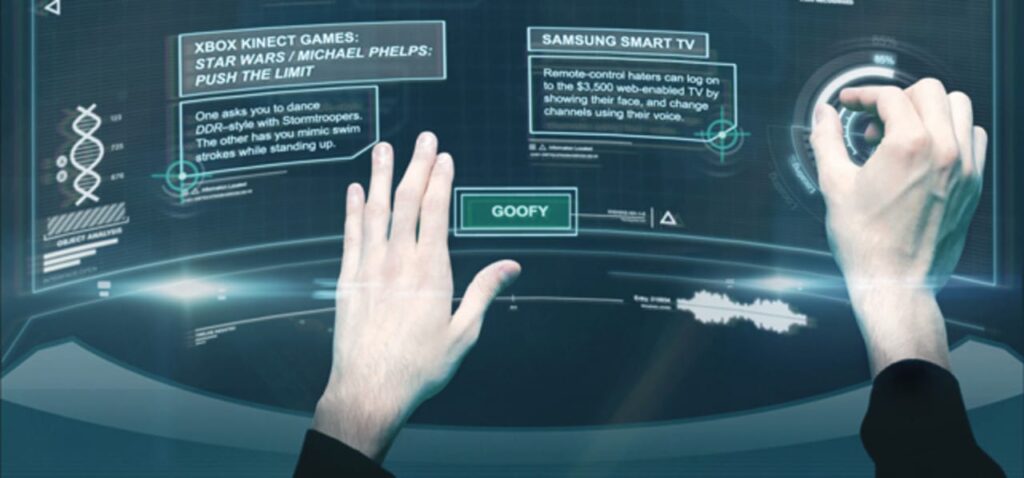
Here is something to think about: The gaming industry is the largest segment of the entertainment market by such a wide margin it’s staggering.
Music Industry = $4.0 Billion
Fiction Publishing = $2.0 Billion
Movies = $10.9 Billion
Video Games = $24.75 Billion
Not only is it larger than any other single segment, it eclipses all of them combined with a shocking 53% of the entertainment marketplace!
What does this have to do with Boost Labs or user interaction/user experience design in the business or government world?
Gaming is nothing but really effective communication and education.
If you are not familiar with video games then there are a few things that you need to understand. We are not talking about PacMan or any of the other games that were popular during the early toddler years of the industry. Today top games have budgets of 50 to 100 million and combine photorealistic worlds and characters that rival anything currently in the theaters.
In order for users to begin navigating these massive environments the first thing that must be built into the game is a logical way to educate the player on the environment and the tools at their disposal. To accomplish this the first few “levels” are nothing more than simple tasks in order to educate the player. As the game grows more difficult new skills are taught. If the skills are not learned effectively then the player must repeat the level until the skill is mastered.
When viewed from this perspective video games become nothing more than education in a specific skill set determined by the factors within the game. Imagine the possibilities of turning the same tools loose in an environment where those skills are applicable to a productive real world application.
This “gamification” of training and communication is really the most powerful tool available to enhance your online and mobile communication efforts today. It’s dynamic, memorable, and incredibly effective. In today’s market, having the largest set of features is just a piece of the success equation. How effective the delivery of grouped features based on levels or specific interactions is what separates a good app from a great app.
The best part of “gamification” is the ability to enhance productivity because the interface experiences keeps the user engaged and brings another level of interest to the task at hand. Who says you can’t have fun while working?
